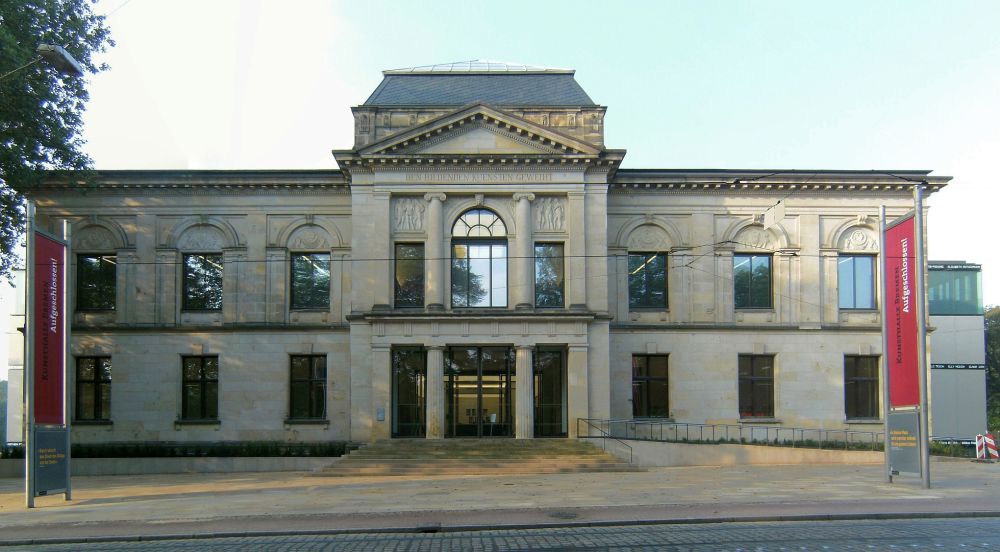

The Kunsthalle Bremen, nestled in the heart of Bremen, Germany, has been a pivotal institution in both the art world and the tourism industry since its inception in the 19th century. Established by the Bremen Art Association (Kunstverein Bremen) in 1823, and housed in its current location since 1849, the museum has a rich history of nurturing appreciation for fine arts within the region and beyond. Its collections feature European paintings from the 14th to 21st centuries, sculptures, and a significant assortment of prints and drawings.
From the outset, the Kunsthalle Bremen's mission was to make art accessible to the public, an aim that dovetailed with the burgeoning tourism industry in Germany. In the mid to late 1800s, when leisure travel became popular among the European middle and upper classes, the Kunsthalle Bremen emerged as a cultural destination. Visitors were drawn to its impressive collection, which was unprecedented in the region for its quality and breadth.
During the 20th century, despite the destructive tolls of the World Wars, the museum underwent several restorations and expansions. The resilience of the Kunsthalle reflected a greater trend in the tourism industry: the importance of cultural heritage and the increasing need for its preservation as a draw for visitors worldwide.
Post-war efforts notably increased the significance and appeal of the Kunsthalle Bremen as a tourist destination. The museum's rapid recovery and expansion were emblematic of Bremen's cultural renaissance, which in turn solidified its position on the itinerary of art enthusiasts and tourists alike.
In recent years, cultural tourism has gained momentum, with travelers seeking out destinations that offer rich, educational, and aesthetic experiences. The Kunsthalle Bremen has kept pace with this trend by continuously curating compelling exhibits and fostering public engagement through educational programs.
In the 21st century, the museum once again expanded and modernized to enhance its offerings. The 2011 addition of a new wing showcased the museum's commitment to innovation and accessibility. Advances like these ensure that the Kunsthalle remains a modern, inviting space for both connoisseurs and casual visitors.
Sustainability, local experiences, and digitalization are shaping contemporary tourism. The Kunsthalle Bremen addresses these trends by participating in schemes that promote eco-friendly travel and providing more personal, connected experiences through specialized tours and workshops. Moreover, the museum leverages digital tools, including virtual tours and interactive guides, which have become particularly prevalent due to the global pandemic.
Experiential travel has also surged, with tourists wanting not just to see but to participate and learn. The Kunsthalle Bremen enriches this desire by offering a range of public programs and educational initiatives that transform the museum from a place of observation to one of direct engagement.
As one of the principal art galleries in Germany, the Kunsthalle Bremen has long been intertwined with the country's tourism history. As travel demands evolve, the museum continues to adapt, maintaining its reputation as a premier destination for those seeking both the historic richness of classic art and the forward-thinking strides of contemporary culture. Its significance in Bremen and influence on the global stage is a testament to the enduring link between the arts and tourism.